Salt has been mined in the Bad Reichenhall region for thousands of years. The natural brine springs were probably one of the main reasons humans first settled there. As historical tools from about 2000 BC prove, Celts were the first “professional” salters. They refined the working of iron and were presumably the first in the region to have boiled brine in pans and to have commercially traded in salt.
The brand
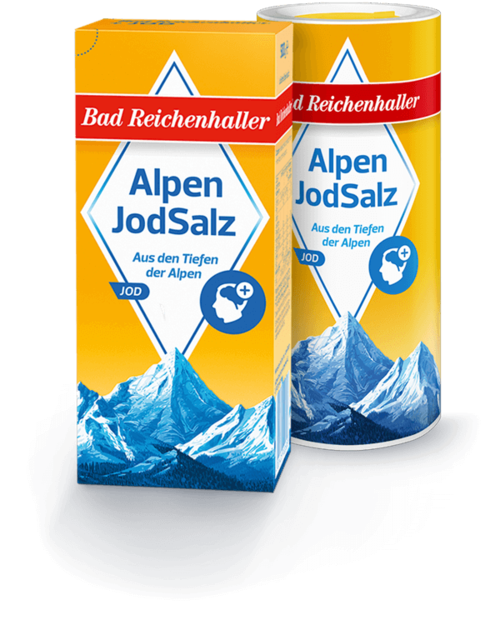
Commitment to quality
Our Bad Reichenhaller AlpenSalz has its origins in its name. The best-known salt brand in Germany stands for high-quality salt from the depths of the Alps, carefully derived from pure alpine brine. We bring the wealth of the Alps to the home kitchen, where it guarantees genuine taste.
The highest product quality is a priority for us. Regular internal and external audits ensure that our high quality standards are being met. All Bad Reichenhaller products are suitable for vegan diets and free of flavor enhancers, preservatives, coloring agents, and nanoparticles.
Partly refined with herbs and spices and fortified with iodine, fluoride, or folic acid, our products are not only reliable companions in everyday cooking and seasoning but also make a valuable contribution to a balanced diet for the whole family.
For generations, Bad Reichenhaller AlpenSalz has been a little piece of home for many people. That’s why we say with pride and joy: Our AlpenSalz. Our home. Our taste.
With ADDED valuable vitamins and minerals: Our alpine salt products help you get the iodine, fluoride and folic acid you need. Just 2g of BRH AlpenJodSalz + Fluorid + Folsäure salt supplies you with your daily requirement of the B vitamin folic acid.
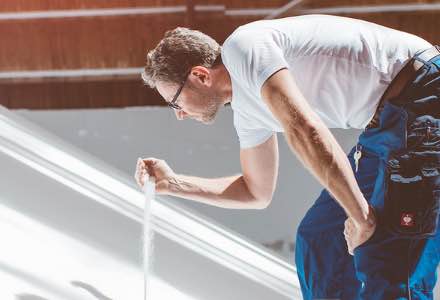
History
- Discovery of brine springs2000 BC
- The Roman historian Tacitus reports58 – 120 AD
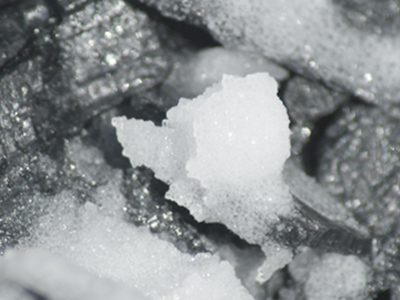
The first description of salt production can be found in Tacitus. He describes a method that Germanic peoples used in the 1 century after Christ: brine was poured over a burning woodpile, and the salt crust deposited on the fiery logs was scraped off after cooling. Such techniques were probably already practiced in prehistoric times and were preserved for a long time.
- The first documented reference to early salt production696 BC
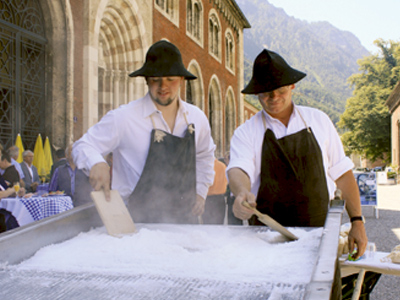
In the land of the Bavarians, there are six salt works in the region from the Bohemian Forest to the Alps and from the Lech to the Enns. They are identified by the West Germanic word “Hall.” The salt is extracted in pans, as a documented reference shows: “...in the year 696 in Reichenhall, twenty salt pans were entrusted to the Bishop of Salzburg for personal use....”
- Construction of the first brine pipeline1616/1619
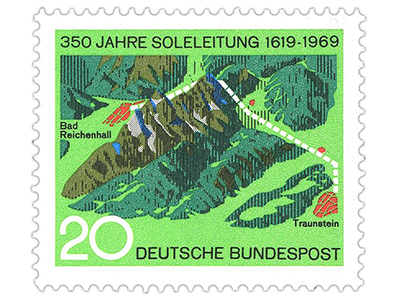
Salt boiling requires a huge amount of firewood. When a new brine spring is discovered in Reichenhall in 1613, the need for fuel rises. The technically unique solution: no longer will the heavy wood be brought to the salt works, but the brine, which is easier to transport, to the wood. Duke Maximilian I of Bavaria has a brine pipeline built from Reichenhall to Traunstein. Court architect Hans Reiffenstuel and his son Simon are commissioned with “guiding the water over the mountains.” The project, begun in 1617, is extensive, involving, among other things, six lifts with pump houses, the construction of a new salt works with four boiling houses, warehouses and residential houses, and a timber floating facility for transporting firewood on the Traun.
- The successful model of the brine pipeline goes on1816/1817
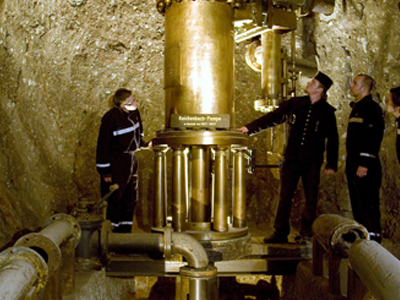
200 years after the construction of the first brine pipeline, King Max I and his minister Count Montgelas commission the Royal Bavarian Refinery Council Georg von Reichenbach with the construction of a brine pipeline from Berchtesgaden to Reichenhall. To conquer the difference in height, he achieves a technical masterpiece: the construction of the brine pipeline and that of the famous Reichenbach pump, a water column lifting machine. The historical facilities can be admired in the “Alte Saline” (Old Salt Works) in Bad Reichenhall (www.alte-saline.de), in the Berchtesgaden salt mine (www.salzbergwerk.de), and on the hiking path along the “Alte Soleleitung” (Old Brine Pipeline) from Berchtesgaden to Ramsau.
- Reconstruction of the salt works after a town fire1834

A devastating fire destroys a large part of the Reichenhall salt works. Under King Ludwig I, the plant is reconstructed around the main pump rooms and can still be visited today as the “Alte Saline” (Old Salt Works).
- Reichenhall becomes Bad Reichenhall1890
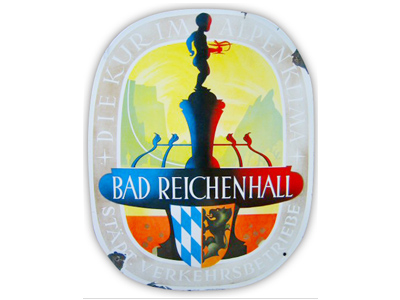
Over the course of the 19th century, Reichenhall develops into an internationally renowned spa resort with numerous art nouveau villas in addition to public baths and spas. In 1890, the Bavarian Prince Regent decrees that Reichenhall may now carry the prefix “Bad” (the official designation for a spa town): Reichenhall now becomes the spa town of Bad Reichenhall.
- Twice burned down, then courageously rebuilt1926/1943
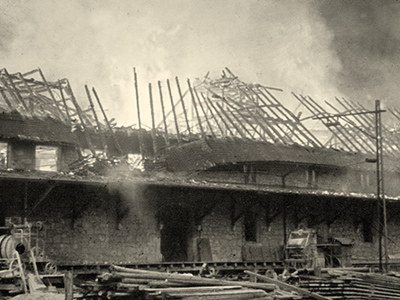
In 1926, the “Neue Saline” (New Salt Works) is completed: at the forefront of technology at the time, closed evaporator systems are introduced which, as opposed to the method with open boiling pans used up to that point, require less energy with a simultaneously higher capacity. In 1943, parts of the salt works are again destroyed by fire. Despite the extensive damage,work is provisionally resumed after only two months of reconstruction.
- The first 500 g package for the Bavarian household1950
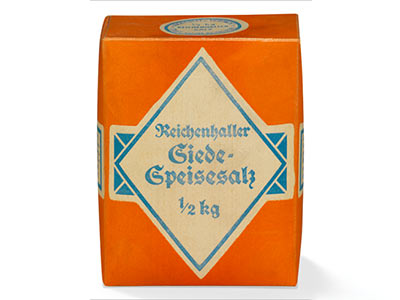
For the first time, Bavarian housewives could have salt in small packages of 500 g each. Table, pickling, and industrial salt are sold in 50 kg bags under the name of “Reichenhaller Siede-Speisesalz” (Reichenhall Evaporated Table Salt). The lozenge – an element of the state flag of Bavaria¬– becomes a symbol in the brand logo and is placed on all packaging.
- Large-scale promotion for the national market launch1955/56
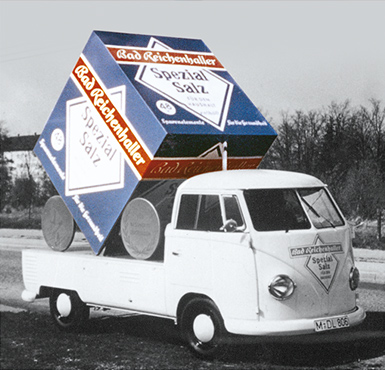
Expansion of distribution to all of Germany: in 1957, salt from Bad Reichenhall is available not only in Bavaria, but nationwide under the brand name “Bad Reichenhaller SpezialSalz.” The market launch is accompanied by eye-catching advertising activities such as the traveling salt packet.
- Growth through technology1958
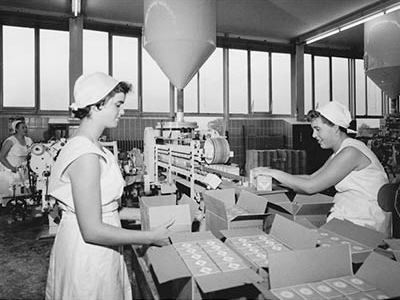
Production is automated starting in 1958: in addition to packing machines, the first automatic printing and punching machines are used for the 500 g package.
- Table salt with the additive iodineBefore 1960
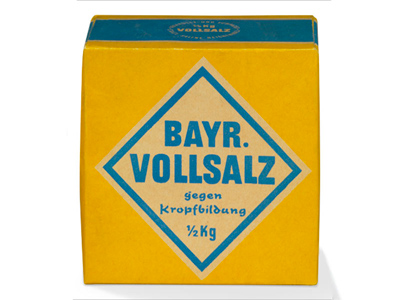
For the first time in Germany, table salt is offered with the addition of iodine under the product name “Bayr. Vollsalz gegen Kropfbildung” (Bavarian iodized salt against the formation of goiter). An important measure to counter the shortage of iodine in Germany.
- The first shaker and the mini-shaker1970
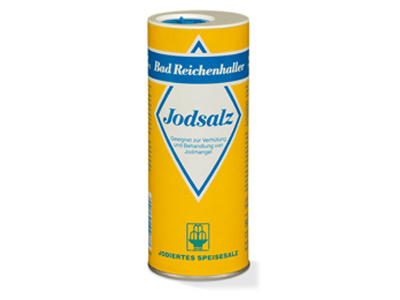
Bad Reichenhaller now comes in a new form of packaging: the practical, refillable shaker. The popular 500 g shaker, which has been continuously optimized since then, is still the characteristic feature of the brand and popular in mini format as a practical travel companion.
- The new name: Bad Reichenhaller MarkenSalz1971
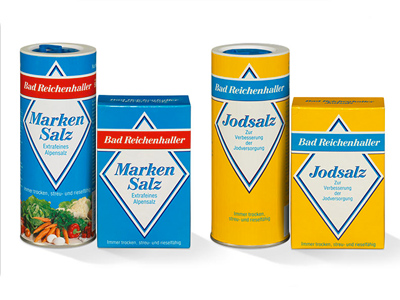
The brand name “Bad Reichenhaller MarkenSalz” is created. What was formerly known as “Bayrische Vollsalz mit Jod” (Bavarian salt with iodine) is distributed under the name “Bad Reichenhaller JodSalz.” All packaging gets a unified look in the framework of a packaging relaunch.
- Salt with a certain “something”: GewürzSalz1987
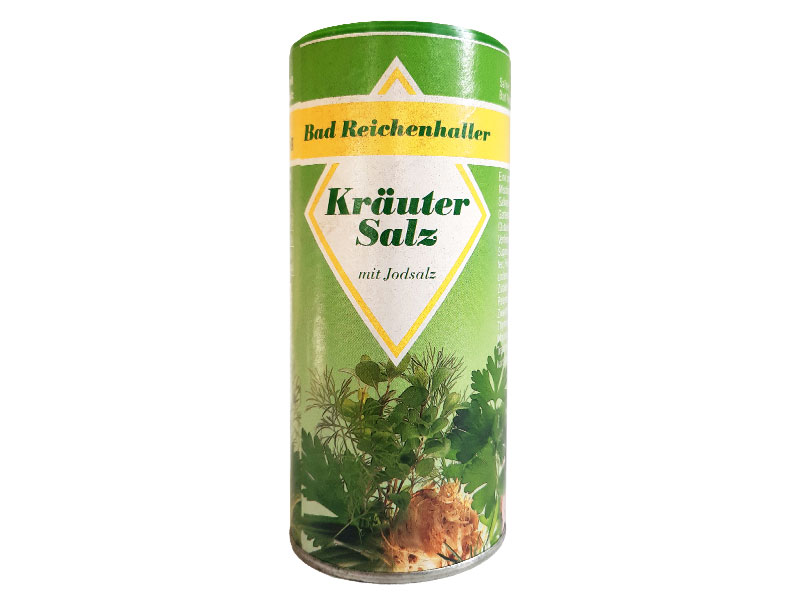
In 1987, Bad Reichenhaller combines its MarkenJodSalz with high-quality herbs and spices. The result: KräuterJodSalz, which has been popular ever since.
- Table salts with added benefits1992/2002
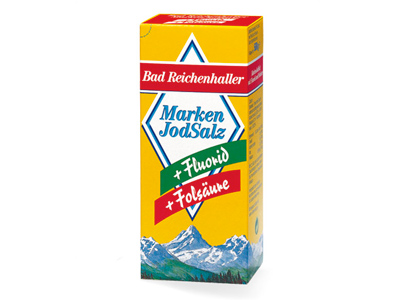
In 1992, Bad Reichenhaller brings its product innovation MarkenJodSalz + Fluorid on the market. Also, the Alps appear for the first time in the history of the brand on the lower half of the packaging. Ten years later, the first salt with the valuable B-vitamin folic acid is introduced: in 2002, Bad Reichenhaller expands the MarkenSalz assortment to four varieties with MarkenJodSalz + Fluorid + Folsäure.
- The first GewürzSalzMühlen2001
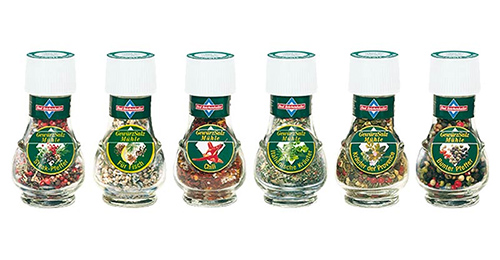
Just the right spices – and freshly ground. Bad Reichenhaller expands its assortment with its GewürzSalzMühlen (seasoning salt mills). The herbs or spices unfold their full aroma freshly ground and with the perfect pinch of salt.
- Bad Reichenhaller gets a new look2006
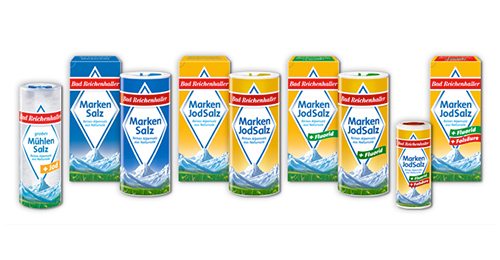
Packaging relaunch of all box and canister designs The traditional characteristic features of the Bad Reichenhaller brand – the red banderole and the blue lozenge – continue to appear on the new design.
- The first organic products from Bad Reichenhaller: MarkenSalzMühlen +2008
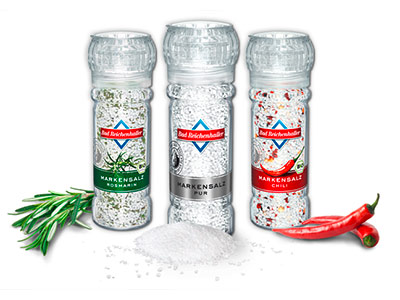
The high-quality, attractively designed MarkenSalzMühlen+ are an eye-catcher on the table and ideal for refining a variety of dishes. There are three variants: coarse Bad Reichenhaller MarkenJodSalz pur, +Rosmarin, and +Chili. All herbs and spices are certified organic.
- Possibly the biggest salt shaker in the word2010
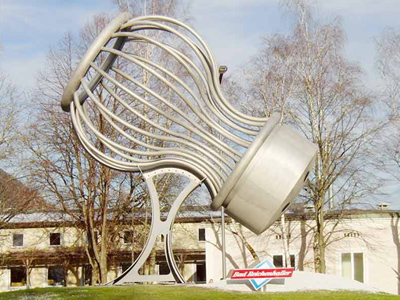
In 12/8/2010, probably the biggest salt shaker in the world is erected in Bad Reichenhall. Weighing 4 tonnes and standing at 6.5 meters, it now graces the rotary in front of the plant gates and has become an unmistakable trademark of the town. “Where else should the salt shaker stand if not here?” asked the mayor, Dr. Herbert Lackner, during the opening ceremony.
- Opening of the “Alte Saline” brand museum2011
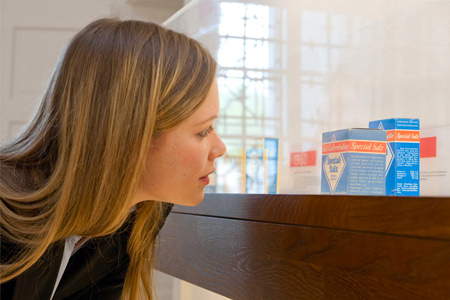
Yet another attraction in Bad Reichenhall: the Bad Reichenhaller brand museum and salt shop is opened in the most beautiful salt works in the world. The “Alte Saline” (Old Salt Works) is the historical home of all Bad Reichenhaller products. Here, interested visitors can learn fascinating facts about salt and the history of the brand.
- Salt in its purest form: SprühSalz2015
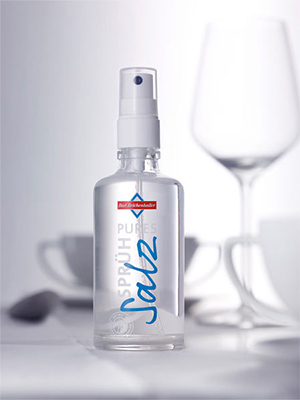
The modern way to salt: the innovative spray salt had already been introduced in 2001 under the name “Alpenquellsole.” Too far ahead of its time, it was discontinued due to lack of demand. Now the time is right. With the mild flavor of Bad Reichenhaller Sprühsalz, you can refine your meals quickly and easily. When sprayed, the liquid salt spreads on food as a fine mist and seasons meals with wonderful consistency. The unadulterated natural brine is filled in bottles without any further processing.
- New name, new design.2016
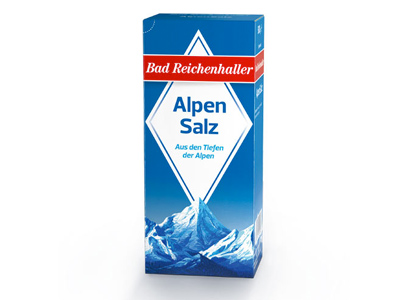
MarkenSalz, known for generations as a kitchen classic, is now called AlpenSalz. This focuses more strongly on its origins in the Bavarian Alps – an integral part of Bad Reichenhaller products. The packaging design is modernized as well, yet without losing its characteristic look.
- Product innovation2023
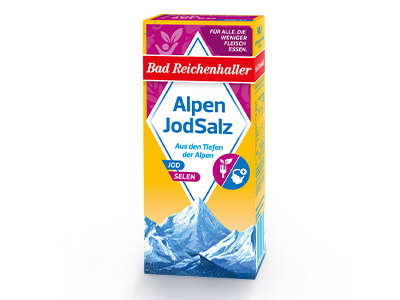
Another product innovation, in which our valuable salt is refined with vital trace elements, complements our product range: Bad Reichenhaller AlpenJodSalz + Selen. Like iodine, selenium also ensures normal thyroid gland function and supports the immune system. That is why this salt is ideal for a balanced diet that is low in meat, because, unlike animal foods, plants contain negligible amounts of the trace element as a result of selenium-poor soils.

Company
Bad Reichenhaller is a brand of SÜDWESTDEUTSCHE SALZWERKE AG and stands for high-quality salt from the depths of the Alps. Obtained from pure alpine brine, it guarantees the highest quality in seasoning, cooking, and baking. The “white gold” from the Alps already made its place of origin famous hundreds of years ago. Today, Bad Reichenhaller is the best-known brand in the German table salt sector. Bad Reichenhaller’s product portfolio includes AlpenSalz varieties with and without the addition of vitamins and trace elements for a balanced diet and a large number of seasoning salts, mills, and salt specialties.
Please feel free to contact us if you have any questions or interview requests or need any photographic material! We would be happy to provide a free copy.
Press contact:
Südwestdeutsche Salzwerke AG
Petra Laqua
Tel.: 00497131-9591846
E-Mail: petra.laqua@salzwerke.de